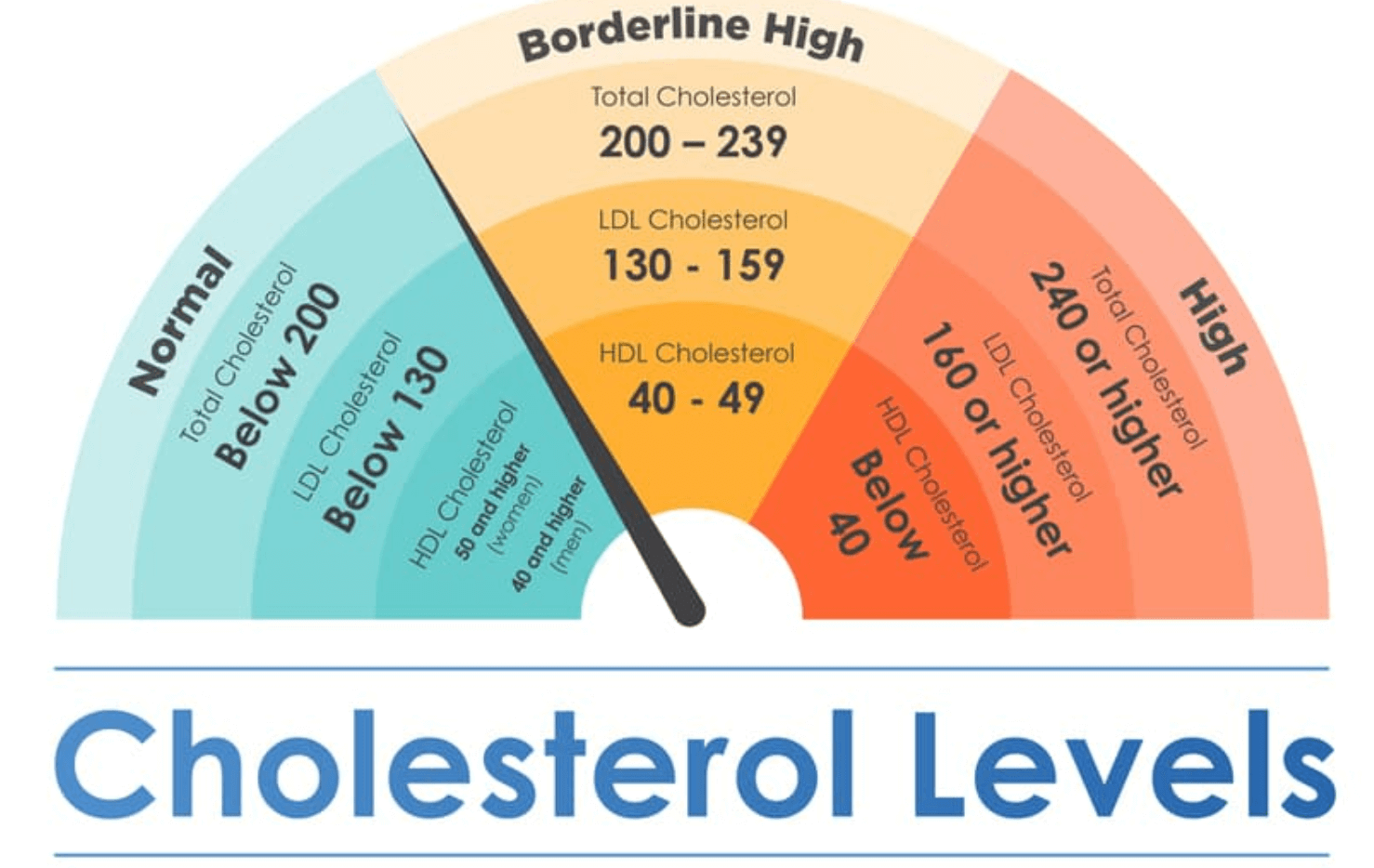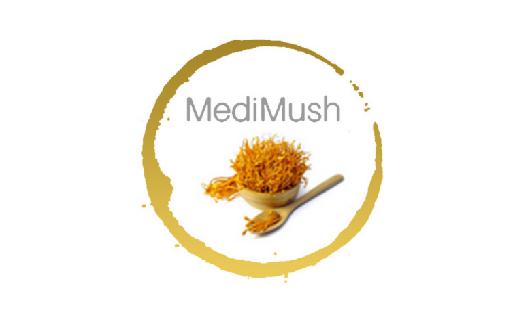Cordyceps and cholesterol levels
 Cordyceps and cholesterol levels
Cordyceps and cholesterol levels
When a high cholesterol condition exists, it’s often a sign that there is a dysfunction of the metabolism. The liver is essential in producing and eliminating cholesterol.
Therefore a liver disorder or dysfunction can impact the blood level of cholesterol and triglycerides.
It is known that dietary fat consumption influences the number of lipids in the blood.
However, it is not a significant factor in cholesterol blood levels.
Laboratory studies documented in the Journal of Alternative and Complementary Medicine which involved more than 270 high cholesterol patients (9 hospitals) found that Cordyceps Sinensis acted to lower total cholesterol by between and 10 and 21%.
Triglycerides were reduced by between 9 and 26%. At the same time, Cordyceps Sinensis helped to increase HDL cholesterol (known as good cholesterol) by between 27 and 30%.
The chances of getting atherosclerosis are heightened by an increase in lipids, notably cholesterol. A detailed study involving 245 patients included a double-blind placebo-controlled study with the results published in 1999 by Halpern.
After two months of giving 1g per day of Cordyceps, total cholesterol levels fell by an average of 18% to 61% of the patients.
At the same time, in the control group, the reduction was only 1.17%, and this was among 28.8% of patients. Useful (HDL) cholesterol rose by 27.2% for a group of 76% of patients.
Cordyceps may be beneficial for those taking a conventional cholesterol medicine (for example, statin drugs or Lipex), which may create several side effects such as liver and kidney damage, digestive issues, muscle pain and many others.
Cordyceps is thought to be able to reduce or temper the side effects of cholesterol medicines.
This is because Cordyceps extract counters the toxic process in kidneys and improves the biochemical condition of the liver. Furthermore, Cordyceps effectively restores the body and raises resistance to internal and external factors.
General information about high cholesterol and how Cordyceps and cholesterol levels
With modern lifestyles, a high cholesterol level is more often the norm among people nowadays.
There is, however, much that can be done to reduce or prevent it.
The following paragraphs present information about what cholesterol is and the signs and symptoms of high cholesterol.
Also, its causes, the time you may have high cholesterol, who is at risk of having high cholesterol levels and the available treatment options.
Function
Despite the negative connotations associated with cholesterol, it is not a bad thing.
It is a waxy steroid of fat generated in the liver and intestines, and all animals have it.
In fact, humans require cholesterol to have life. The body’s cells use cholesterol to form a lining around the cell so various things can pass through.
Cholesterol comes from the ingestion of foods with fat contained in them. The most common source is meat, and also several types of oil are present in salad dressings or sauces, as well as omega-3 capsules taken as supplements.
Symptoms
Most people believe having high cholesterol is a sign that their diet is unhealthy or their body type means a predisposition to high cholesterol.
In fact, many different factors at play lead to a person having high cholesterol.
How is it possible to establish whether someone has high cholesterol? Sadly, many of the symptoms tend to appear when it is possibly too late and damage has been caused.
However, applying a multi-dimensional treatment is probably still possible to undo some of the damage and reverse effects.
High cholesterol levels occur because blood vessels are restricted within a particular body part, which is how the symptoms appear.
Blood cannot flow to where it needs to go; consequently, symptoms occur. How does high cholesterol manifest itself?
High levels can create things such as frequent numbness or tingling in different body parts and yellow patches on the skin.
The types of symptoms that appear on a person will result from their type of high cholesterol. Chest pains and leg aches when walking are also among the more common symptoms.
The simplest way to establish cholesterol levels is through a visit to a GP and to conduct tests regularly. It is preferable to determine high cholesterol levels early.
Cholesterol levels are often routinely tested by most doctors during each appointment. It is not unusual for the older population and those most likely to be predisposed to high cholesterol to be tested more frequently.
Causes
It will not surprise many people to learn that high cholesterol is primarily connected to diet. Obviously, there are different causes, but for most, it is about the food they consume and their gene type.
It is safe to say that for the majority of the world’s population, high cholesterol is caused by a poor diet and lack of exercise rather than genes.
Many people need to reduce cholesterol, but it often takes a lot of effort.
Cholesterol-lowering Foods
The quickest and simplest way for someone to reduce their cholesterol level is to increase their intake of cholesterol-lowering foods.
Two different types of food impact cholesterol. The first type of food does not, in fact, lower cholesterol but rather acts as a moderator and prevents it from increasing further.
The second type of food does reduce cholesterol if eaten regularly.
A diet containing too many foods with high levels of saturated fat is often the main cause of high cholesterol. Saturated fat is thought of as bad fat.
High consumption of it can quickly result in conditions like high cholesterol and, usually, increased blood pressure.
Typical foods with high levels of saturated fat include most types of red meat, cream, butter, ice cream and anything that has been fried or deep-fried, particularly fast food.
A person with high cholesterol would be well-advised to cut out or significantly reduce the consumption of these foods.
This approach would have a major effect on cholesterol levels, but, as previously mentioned, many foods to eat have the opposite effect on their cholesterol levels. This would lower them faster than if they did not eat these foods at all.
One of the best ways to find such cholesterol-lowering foods is to seek naturally high fibre content. Lowering cholesterol levels significantly daily for the average person can often be as simple as consuming high amounts of fibre.
The simplest way to discover high-fibre foods is to consume whole grains rather than their processed and refined counterparts. Such foods include wholegrain brain, oatmeal and wild rice.
Other cholesterol-lowering foods occur naturally, including salmon and other types of fish, as well as nuts (tree nuts like almonds and Brazil). Garlic can also help.
Consuming garlic will not directly reduce your cholesterol, but what is known is that it will assist other parts of the body affected by high cholesterol.
Dietary guidelines
For people with high cholesterol, here are some dietary guidelines:
Total fat – suggested to be less than 30% of the daily calorific intake;
Saturated fat – suggested to be less than 7% of daily calorific intake;
Polyunsaturated fat (such as found in nuts, seeds, vegetables, fish and leafy greens) – suggested to be less than or equal to 10% of daily calorific intake;
Monounsaturated fat – suggested to be approximately 10%-15% of daily calorific intake;
Cholesterol – suggested to be less than 200 mg per day;
Carbohydrates – suggested being 50%-60% of daily caloric intake.
Risk factors
The highest risk category for people susceptible to high cholesterol are those 45 years old or older and those people with a family history of having it.
Other risk factors include:
Smoking – cigarette smoking can cause damage to blood vessel tissues and also contributes to the accumulation of fat deposits;
Being obese or overweight – A measure of obesity is body mass index (BMI). If it is 30 or above, there is a greater risk of high cholesterol;
A poor diet – eating foods that are loaded with cholesterol will increase the total cholesterol value;
Lack of physical activity or exercise – being active or physically active will help because it regulates the ratio of HDL (good cholesterol) to LDL (bad cholesterol);
Increased/high blood pressure – high blood pressure causes damage to blood vessels and arteries, which can increase the speed of accumulation of fatty deposits;
Diabetes – A high blood sugar level can mean higher LDL (bad) cholesterol and lower (good) HDL cholesterol. In addition, high blood sugar will also damage the lining of arteries.
Treatment options
Approaches such as a change in lifestyle combined with medications can both help reduce high cholesterol levels. These steps are good recommendations for anyone concerned about their health:
Implementing a cholesterol-lowering diet;
Taking regular physical exercise;
Ensuring extra weight is lost. Take nutritional supplements, including cordyceps, sterols, plant stanols, and garlic.
Combining all these steps will help decrease cholesterol and/or lessen the quantity of medicine a person would need or ensure the medicine works more effectively.
A significant reduction in the risk of developing coronary heart disease can be achieved by controlling cholesterol levels.
Advice is, therefore, to ensure high cholesterol lifestyle treatments are given time to work (expect to see and feel good results after three months).
By implementing such changes, people can avoid the inconvenience of taking daily medication for the rest of their lives.
CLICK HERE TO VIEW CORDYCEPS PRODUCTS
